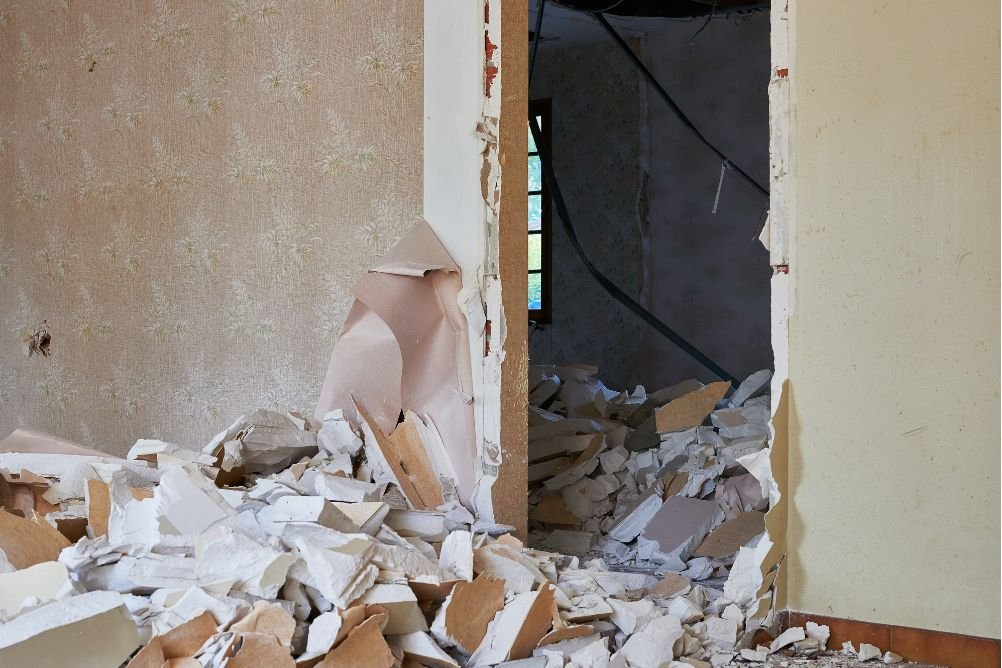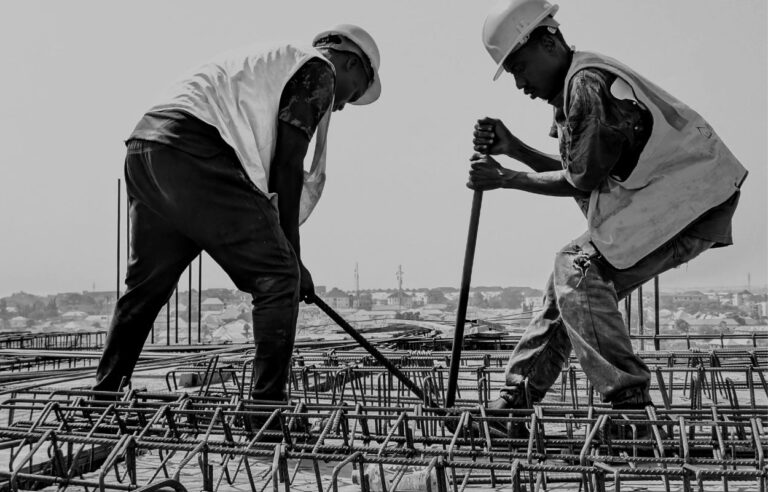
Selective demolition is an essential process in construction and renovation projects, allowing for the removal of specific structures or components while preserving the integrity of the surrounding areas. When executed correctly, selective demolition services can save time, money, and reduce waste. In this step-by-step guide, we will explore the key principles and actions involved in achieving successful selective demolition.
ASSESSING THE PROJECT SCOPE
Before commencing selective demolition, it is crucial to thoroughly assess the project scope. Identify the specific structures, elements, or areas that need to be demolished and determine the overall goals of the project. Take into consideration any potential risks, such as hazardous materials or structural concerns, to ensure proper planning and safety precautions.
DEVELOPING A DETAILED DEMOLITION PLAN
A detailed demolition plan is essential for a successful selective demolition project. Start by creating a comprehensive inventory of the materials and components to be removed. Consider the sequencing of the demolition activities, ensuring that the process is logical and efficient. Collaborate with engineers, architects, and contractors to evaluate the impact of the demolition on the surrounding structures and utilities.
IMPLEMENTING SAFETY MEASURES
Safety should always be a top priority in selective demolition. Identify potential hazards, such as electrical wiring, gas lines, or unstable structures, and develop strategies to mitigate risks. Provide proper personal protective equipment (PPE) to all workers involved in the demolition process. Communicate safety protocols clearly and ensure all team members are adequately trained.
METHODICAL DEMOLITION EXECUTION
The execution phase requires a methodical approach to ensure the success of selective demolition services. Start by removing any fixtures, fittings, or materials that can be salvaged or reused. Next, employ the appropriate tools and machinery for the demolition, carefully dismantling or cutting away the designated structures. Ensure proper waste management, segregating and disposing of materials responsibly.
POST-DEMOLITION CLEANUP AND EVALUATION
After completing the demolition activities, a thorough cleanup is necessary. Remove any remaining debris, ensuring the site is clean and ready for subsequent construction or renovation work. Evaluate the results of the selective demolition process to identify any deviations from the initial plan and learn from the experience. Document any valuable insights or lessons for future reference.
HIRING THE RIGHT PROFESSIONAL COMPANY
Hiring a reputable professional company for selective demolition services is crucial to ensure a successful and hassle-free project. A good professional company brings expertise, experience, and a dedicated team to handle the complexities of selective demolition. By hiring professionals, you can have peace of mind knowing that they possess the necessary skills and equipment to execute the demolition safely and efficiently. They are well-versed in the latest industry standards and regulations, ensuring compliance and minimizing any potential risks. Moreover, a professional company will provide a detailed project plan, transparent pricing, and clear communication throughout the process, keeping you informed and involved every step of the way. By entrusting your selective demolition needs to a trusted professional company, you can focus on other aspects of your project, knowing that the job will be completed with professionalism and expertise.
Selective demolition services play a vital role in construction and renovation projects, allowing for precise removal of structures while minimizing damage and waste. By following a step-by-step approach, from project assessment to post-demolition evaluation, you can achieve successful selective demolition. Remember to prioritize safety, develop a detailed plan, execute the process methodically, and maintain a clean and organized worksite. With careful planning and implementation, selective demolition can contribute to efficient and sustainable construction practices.





